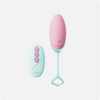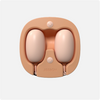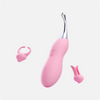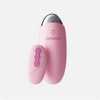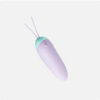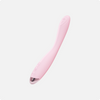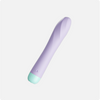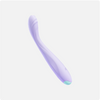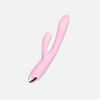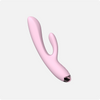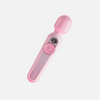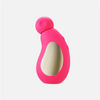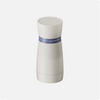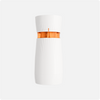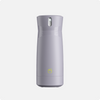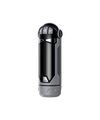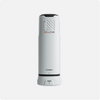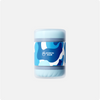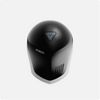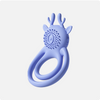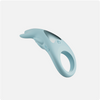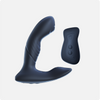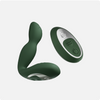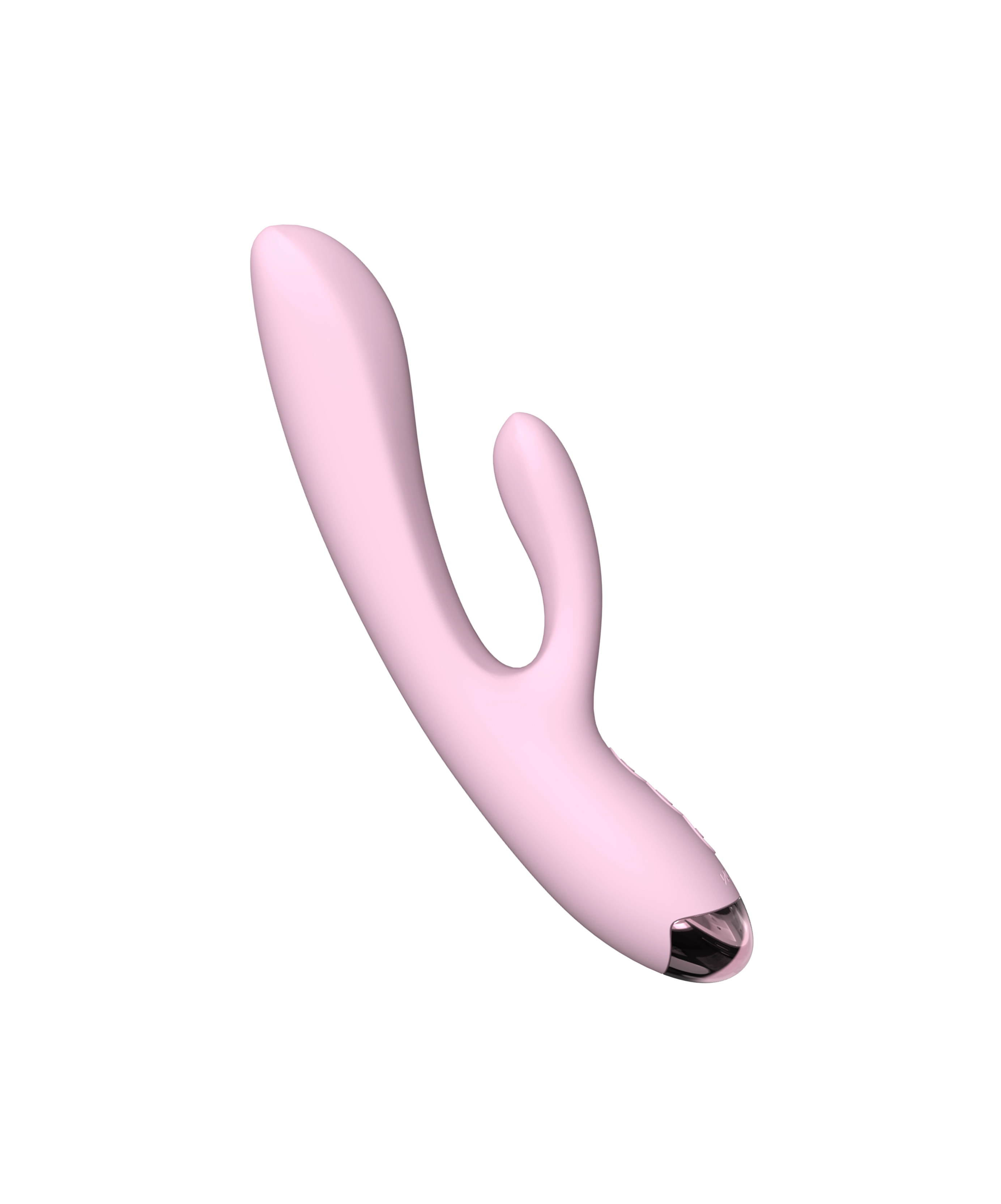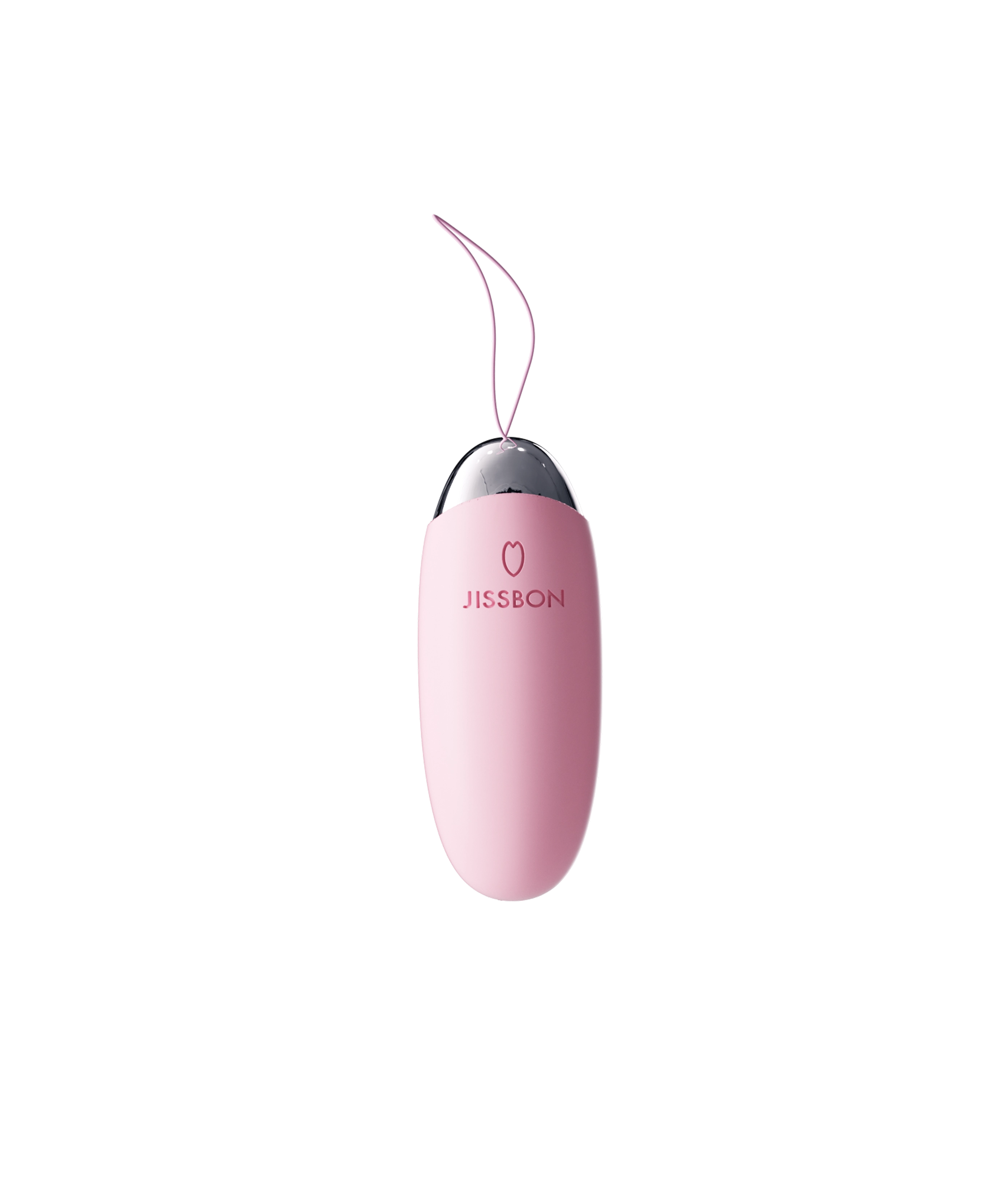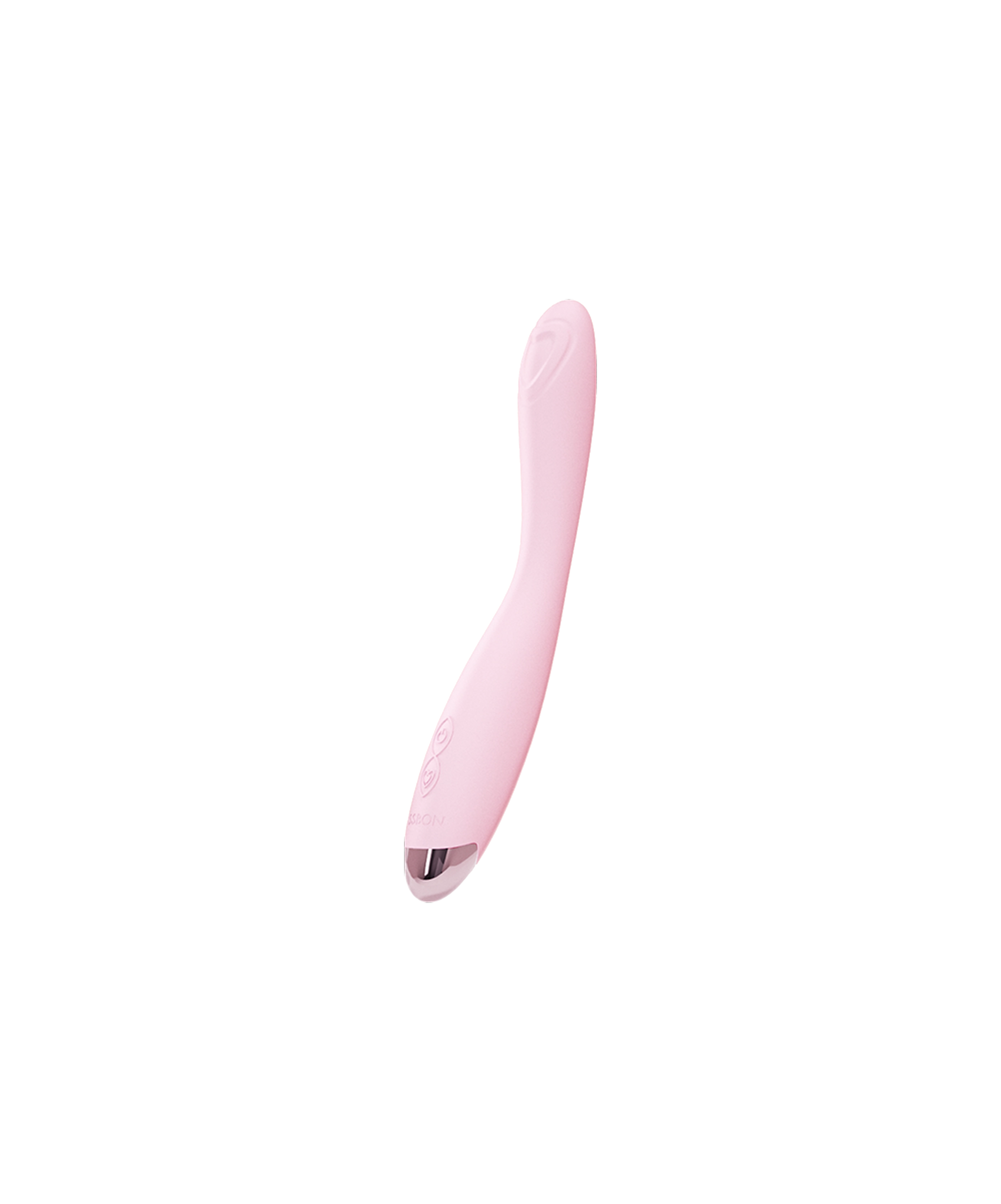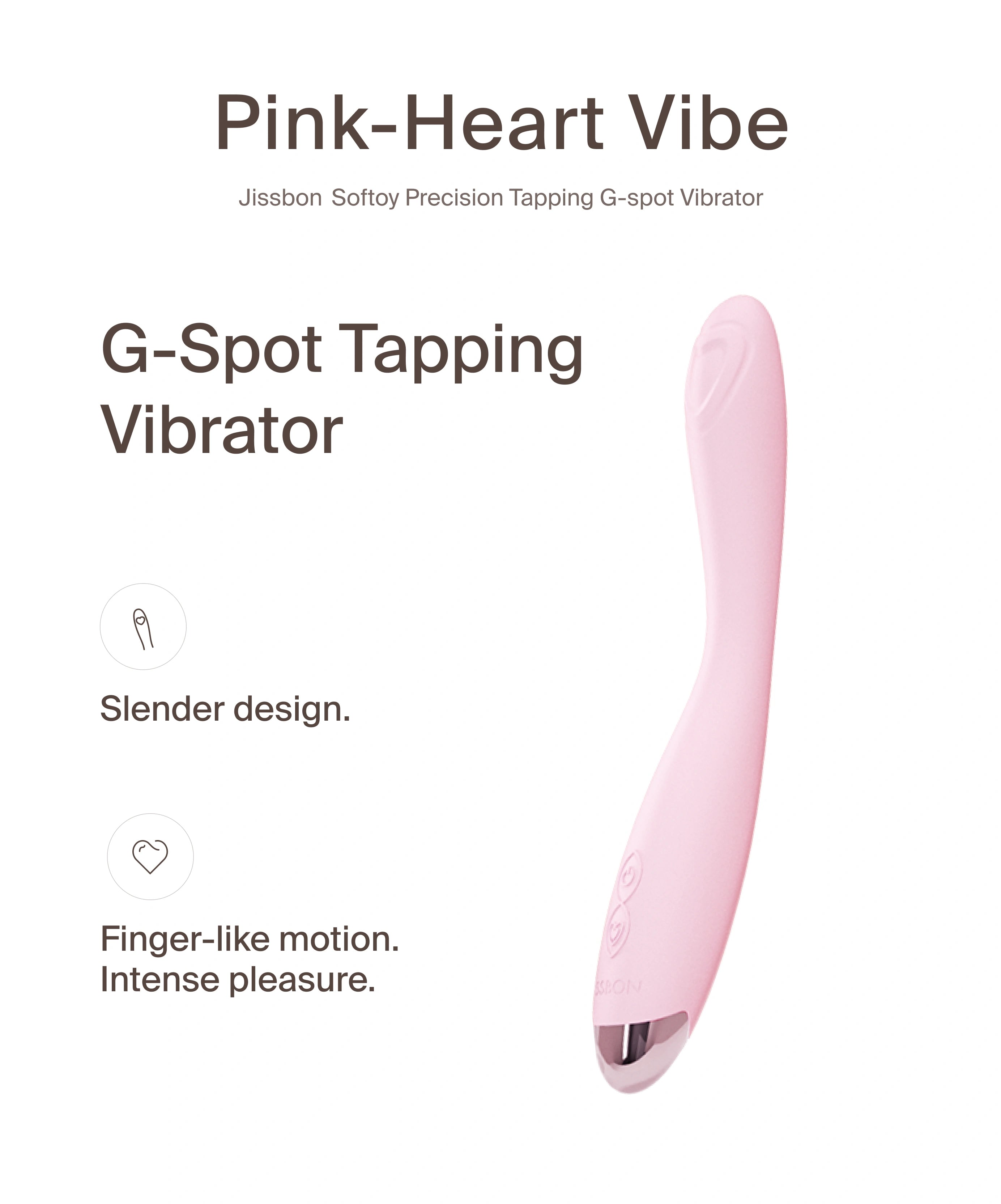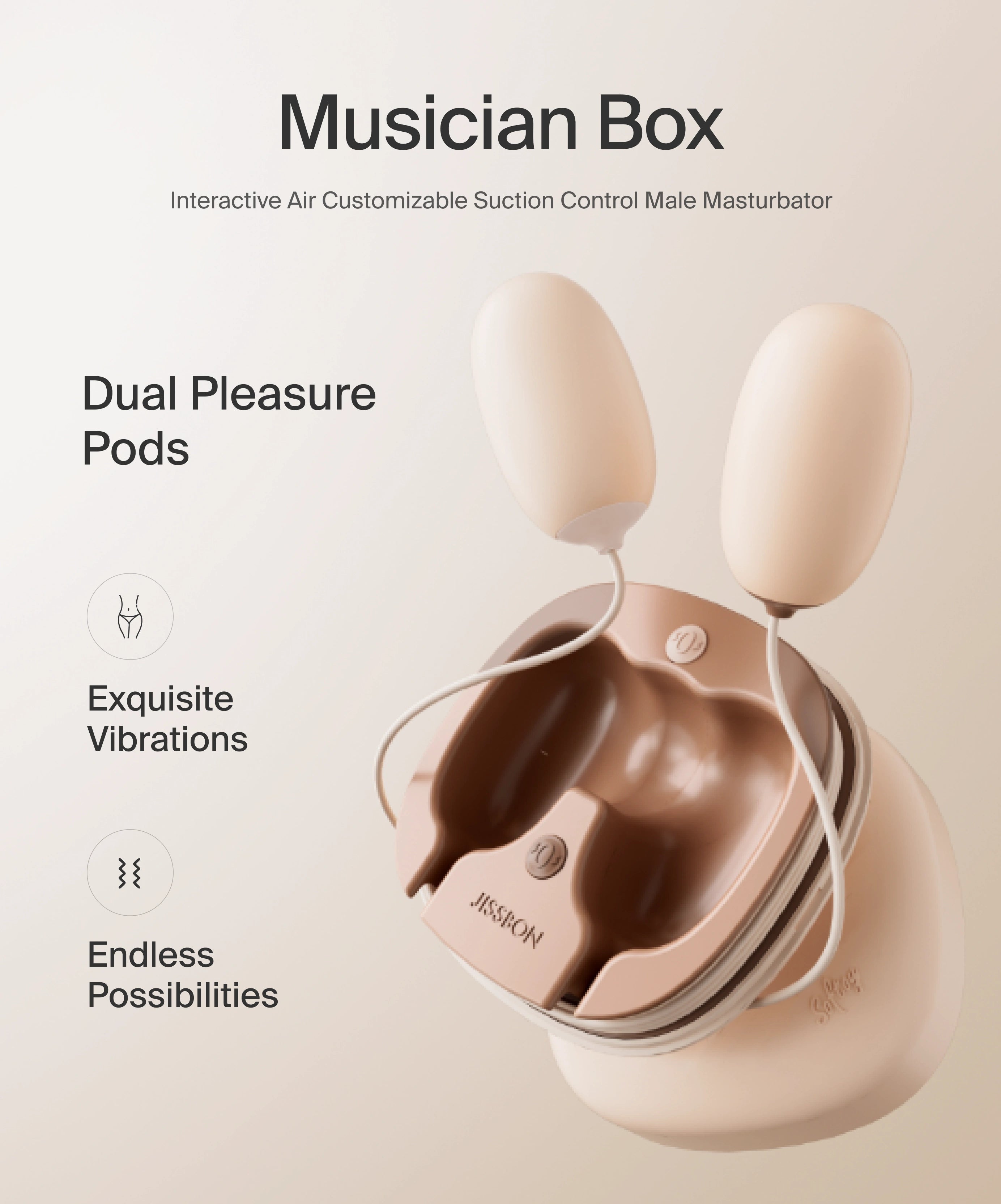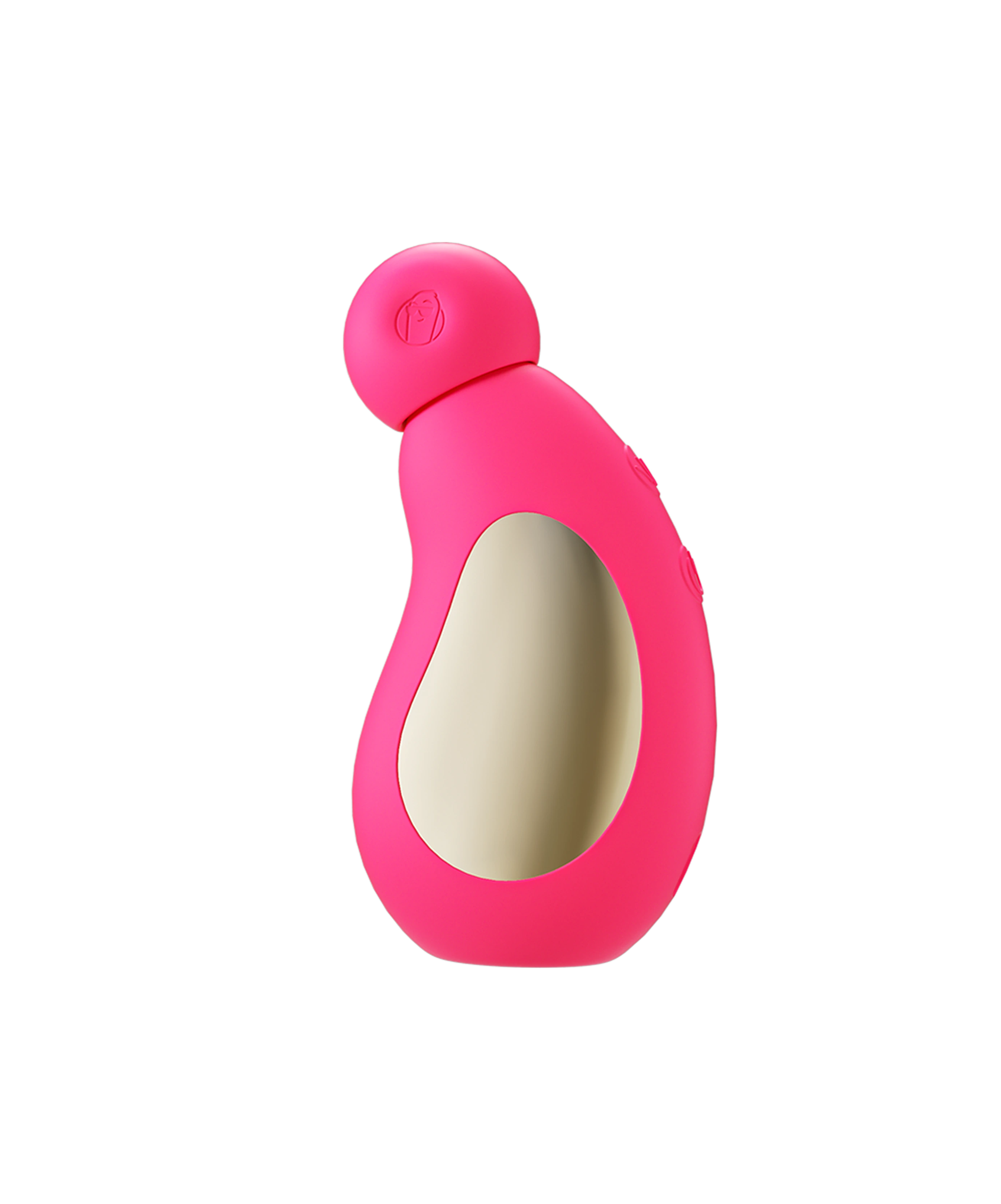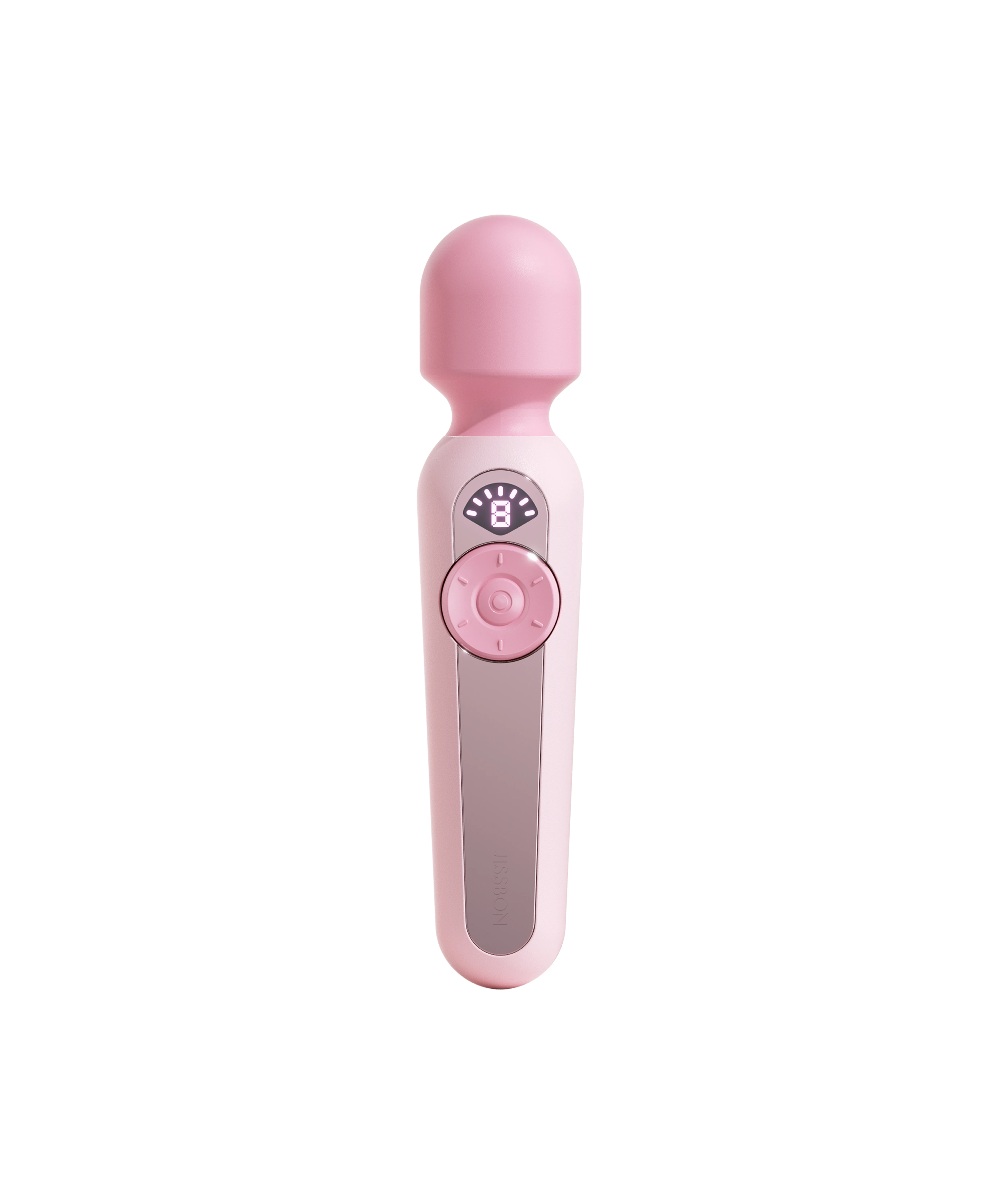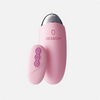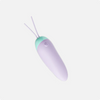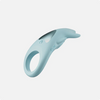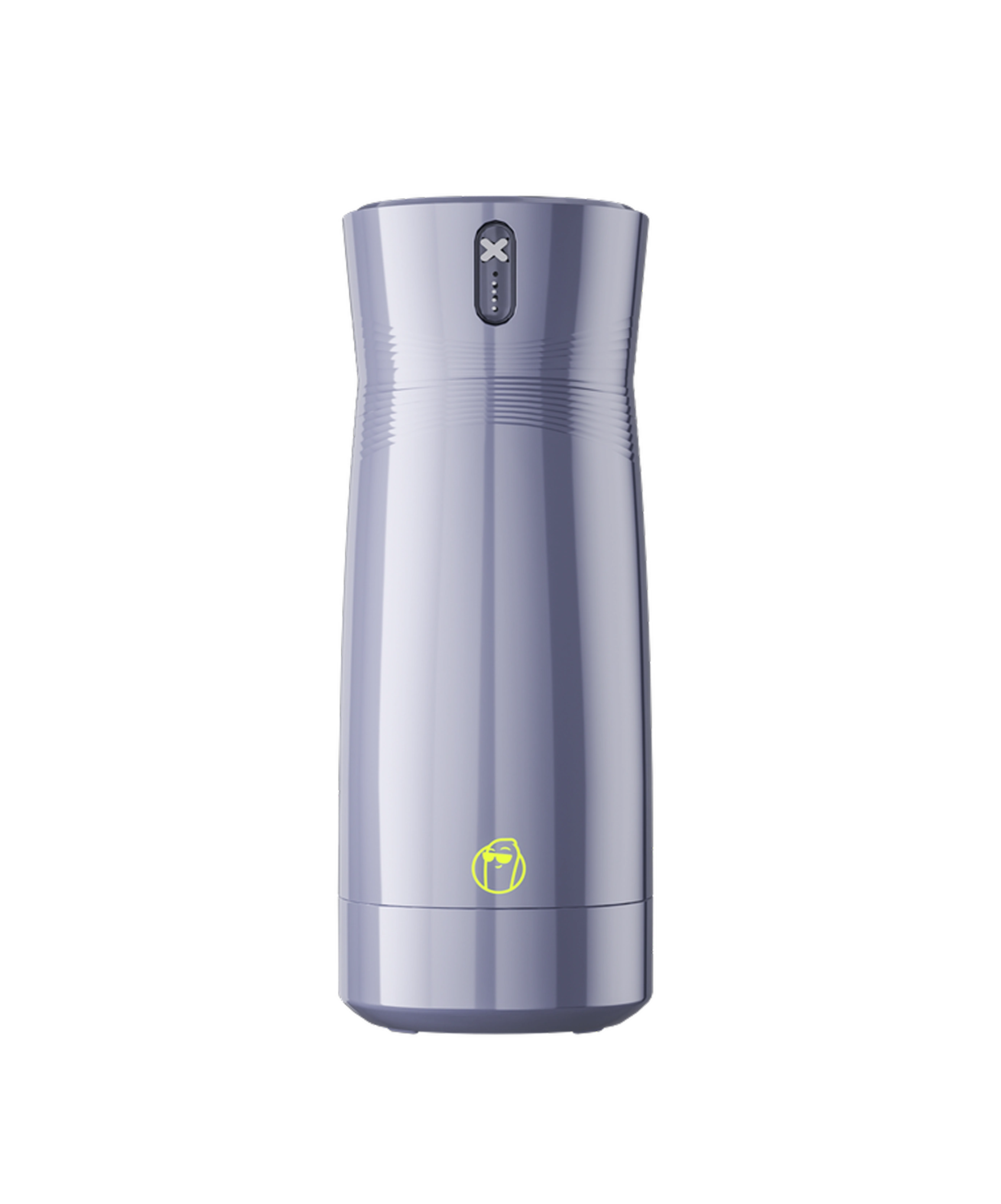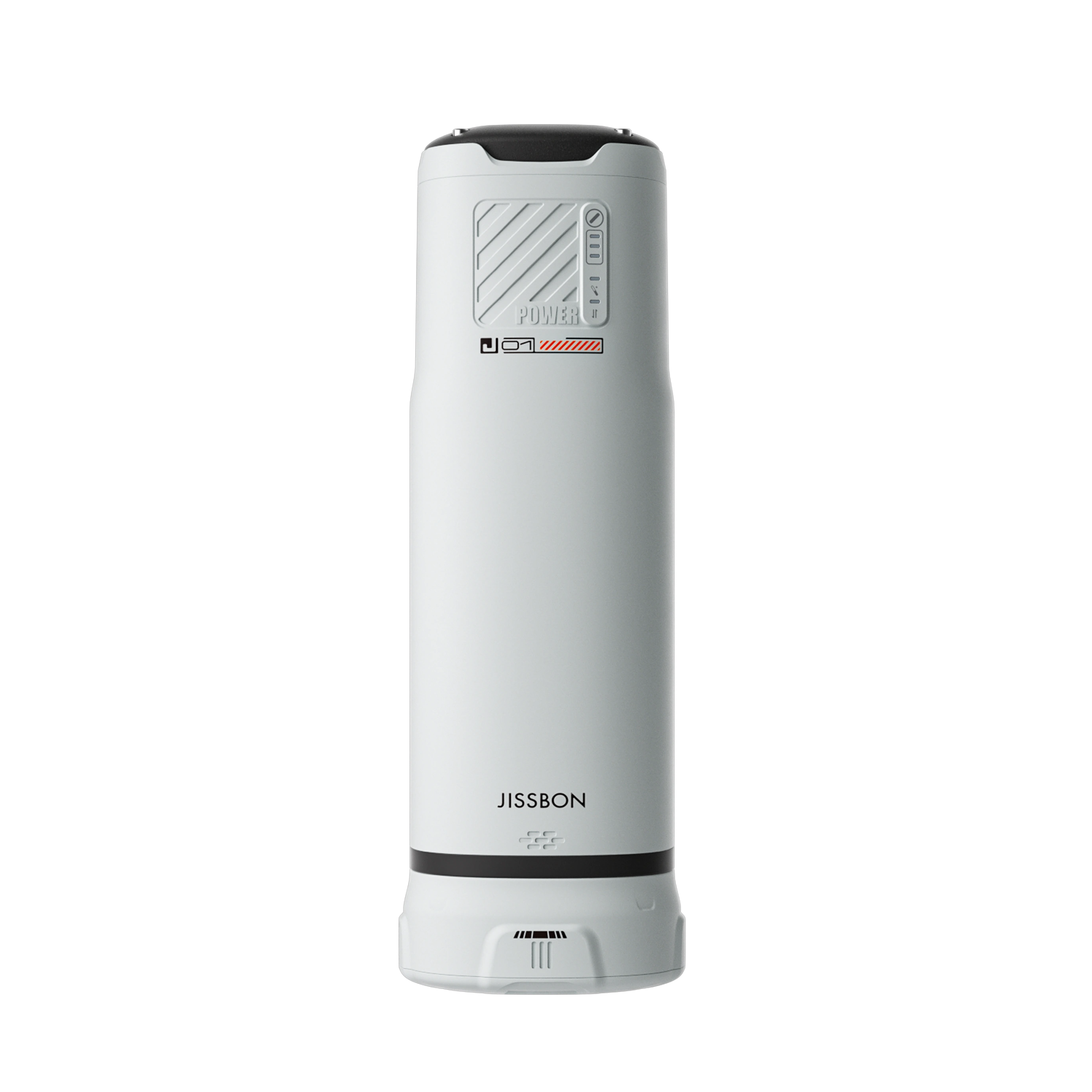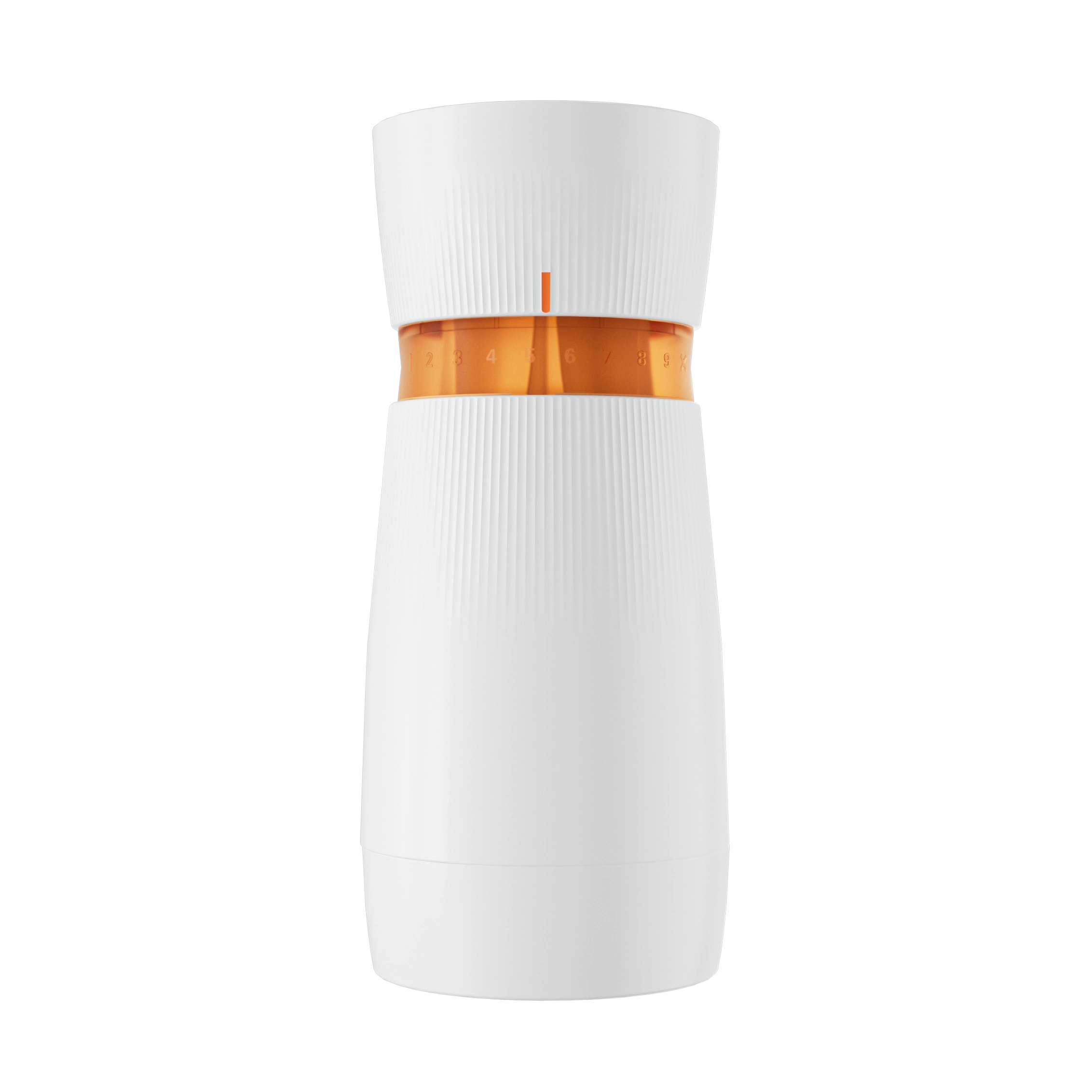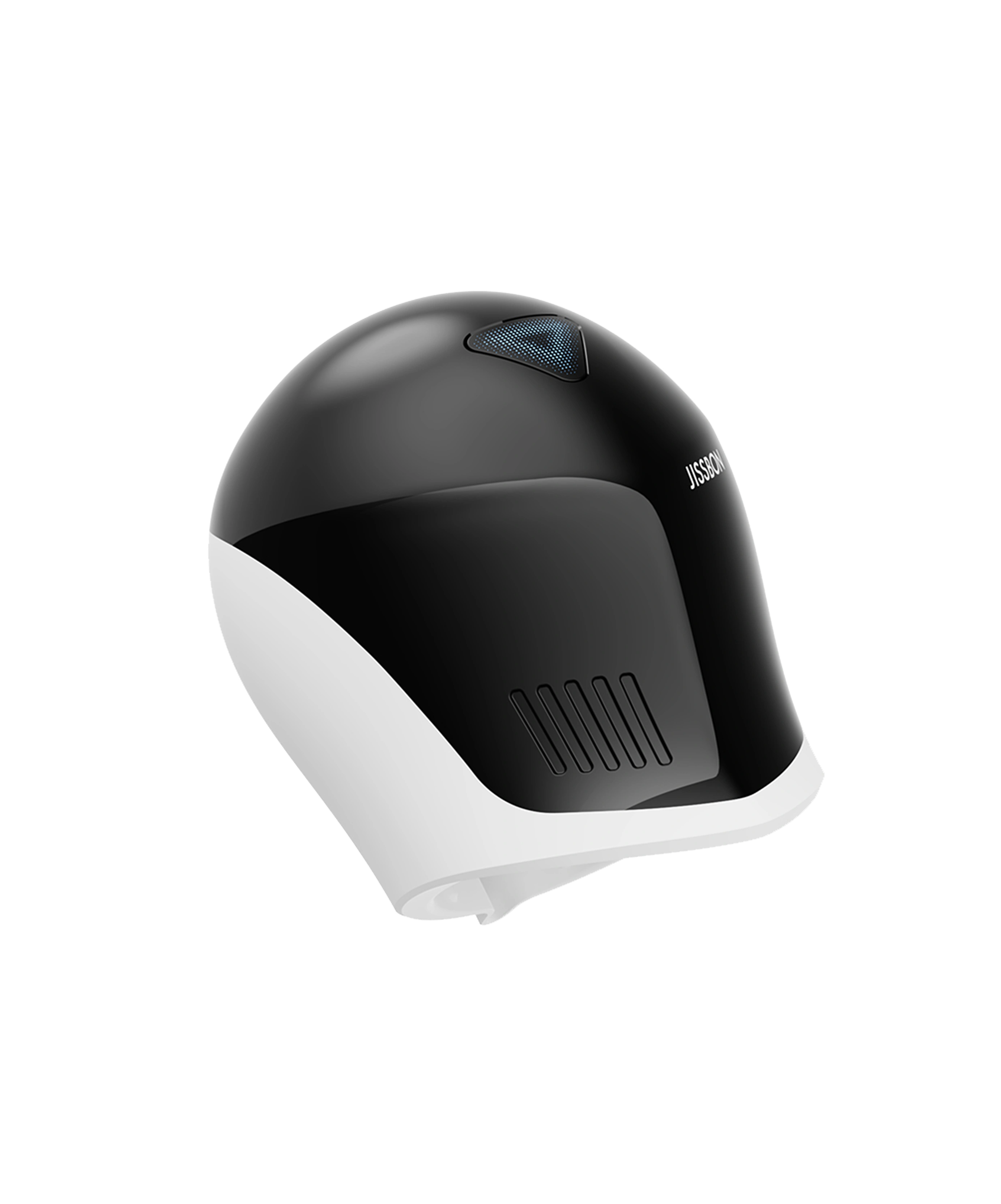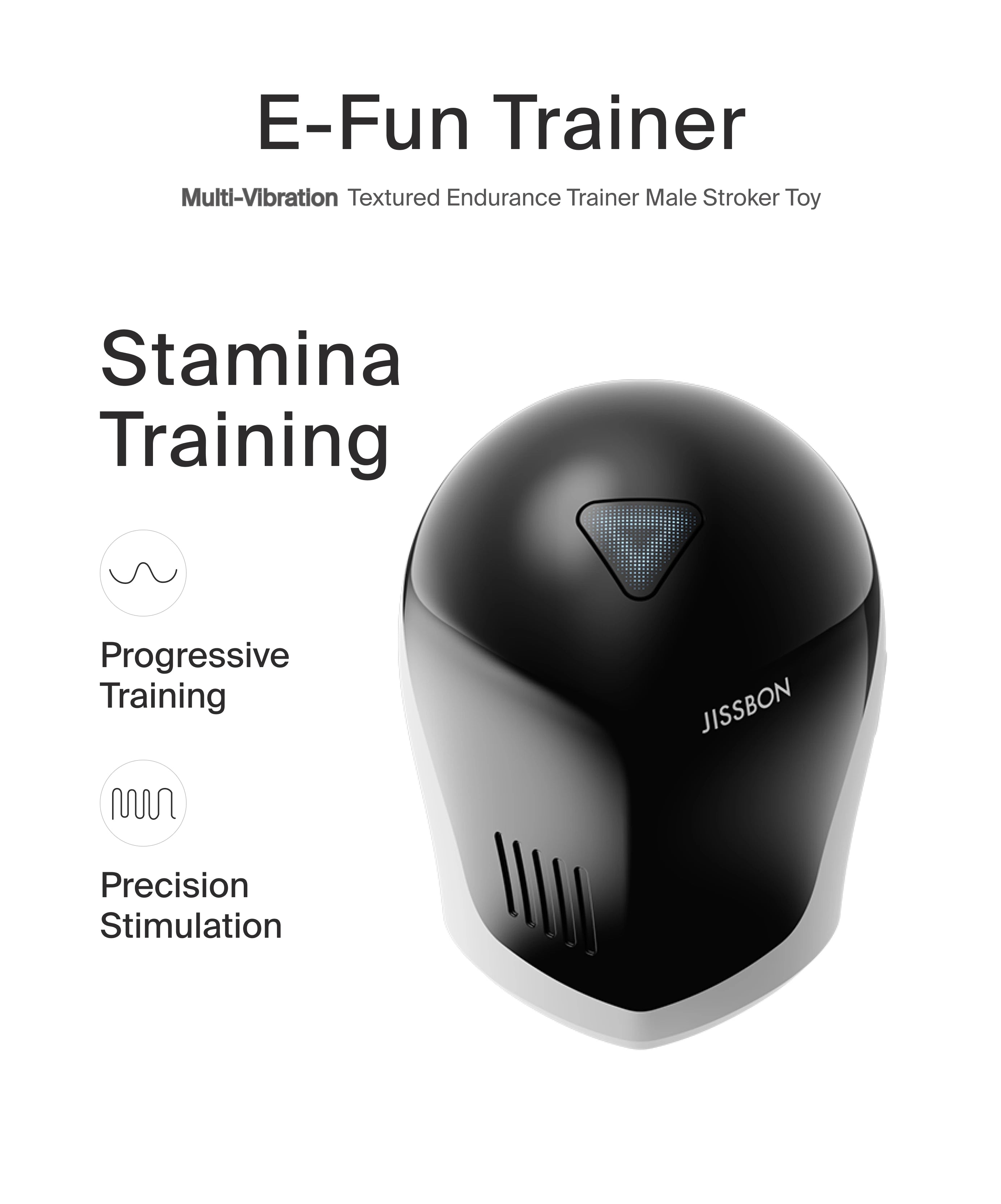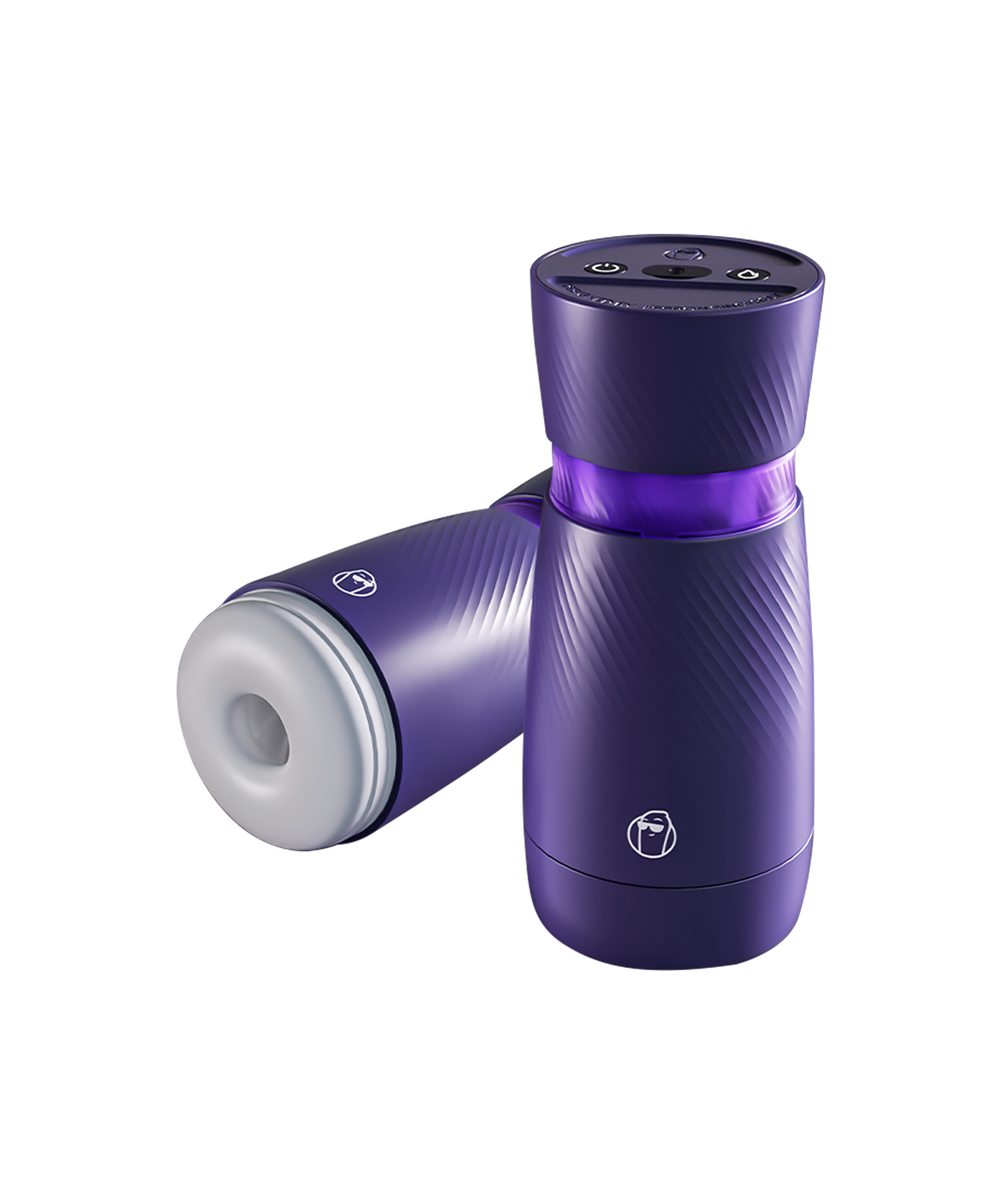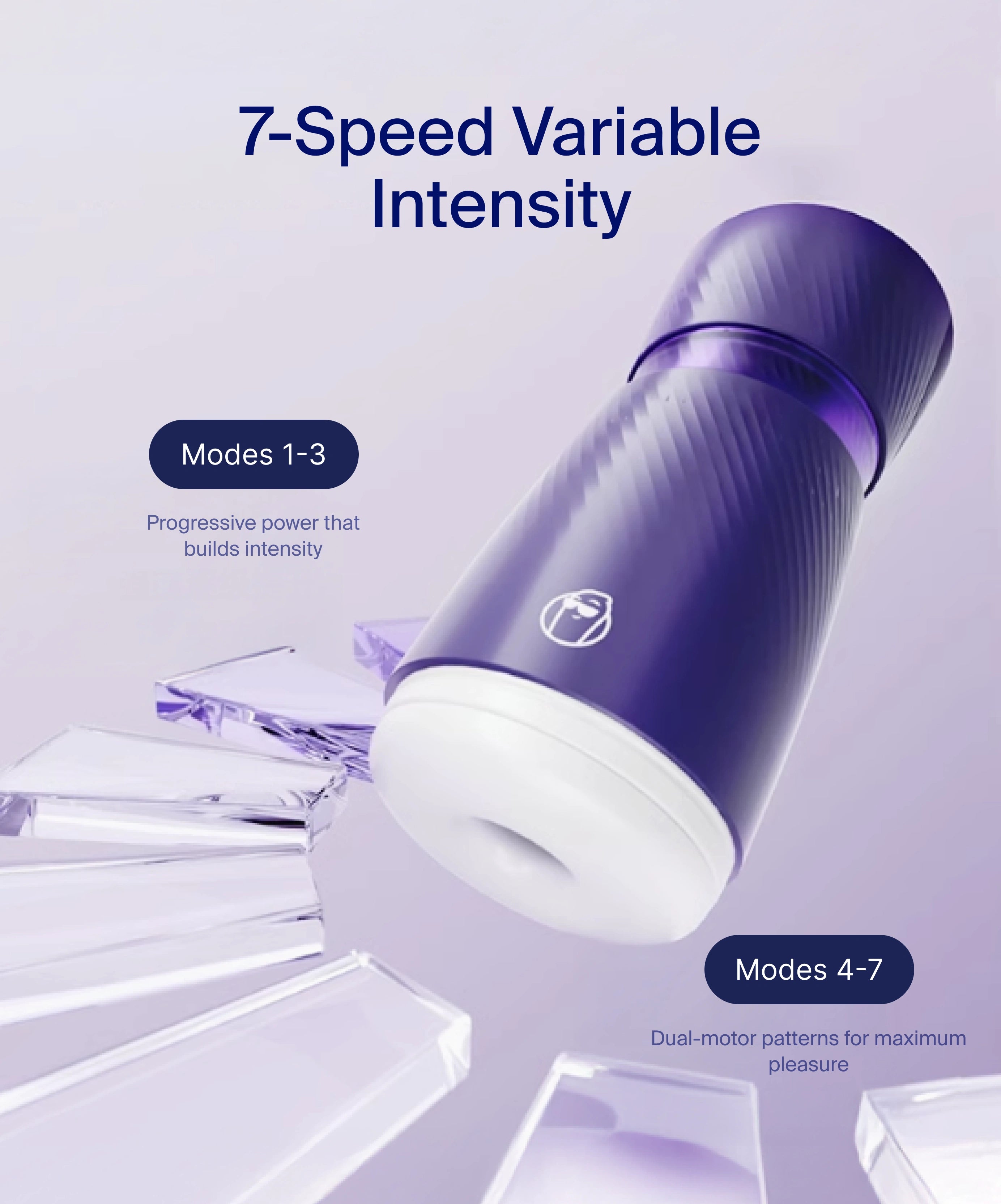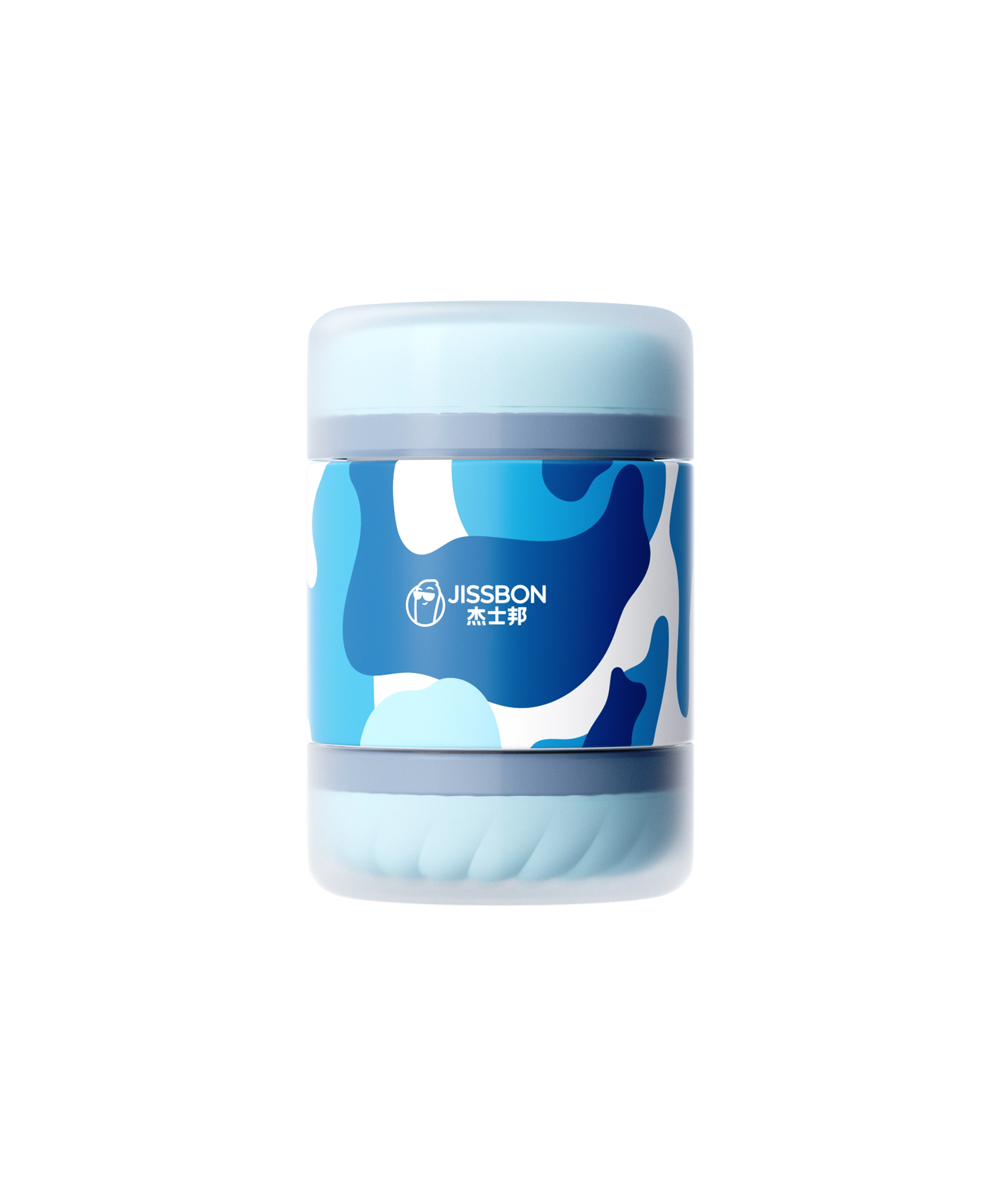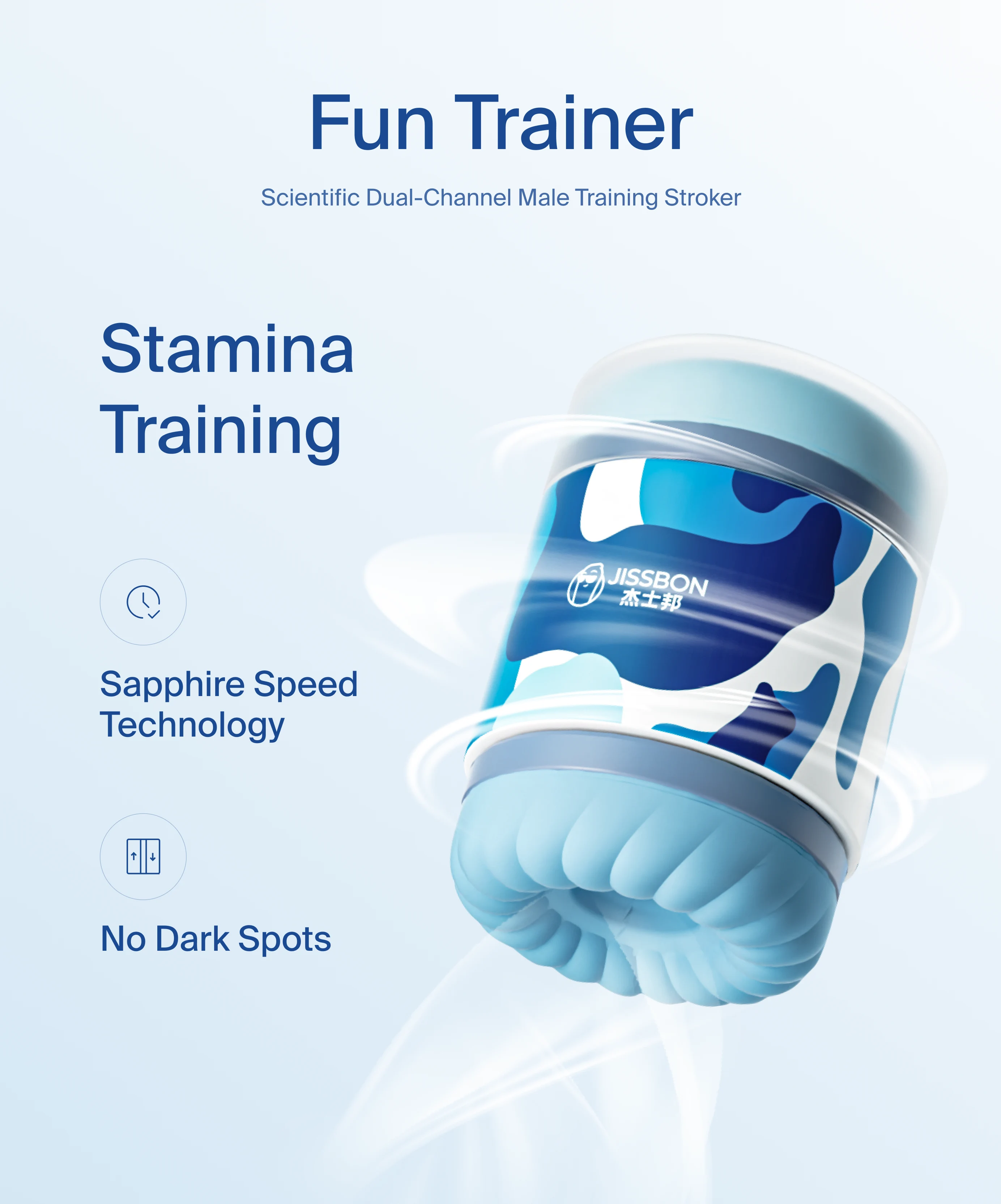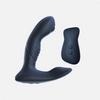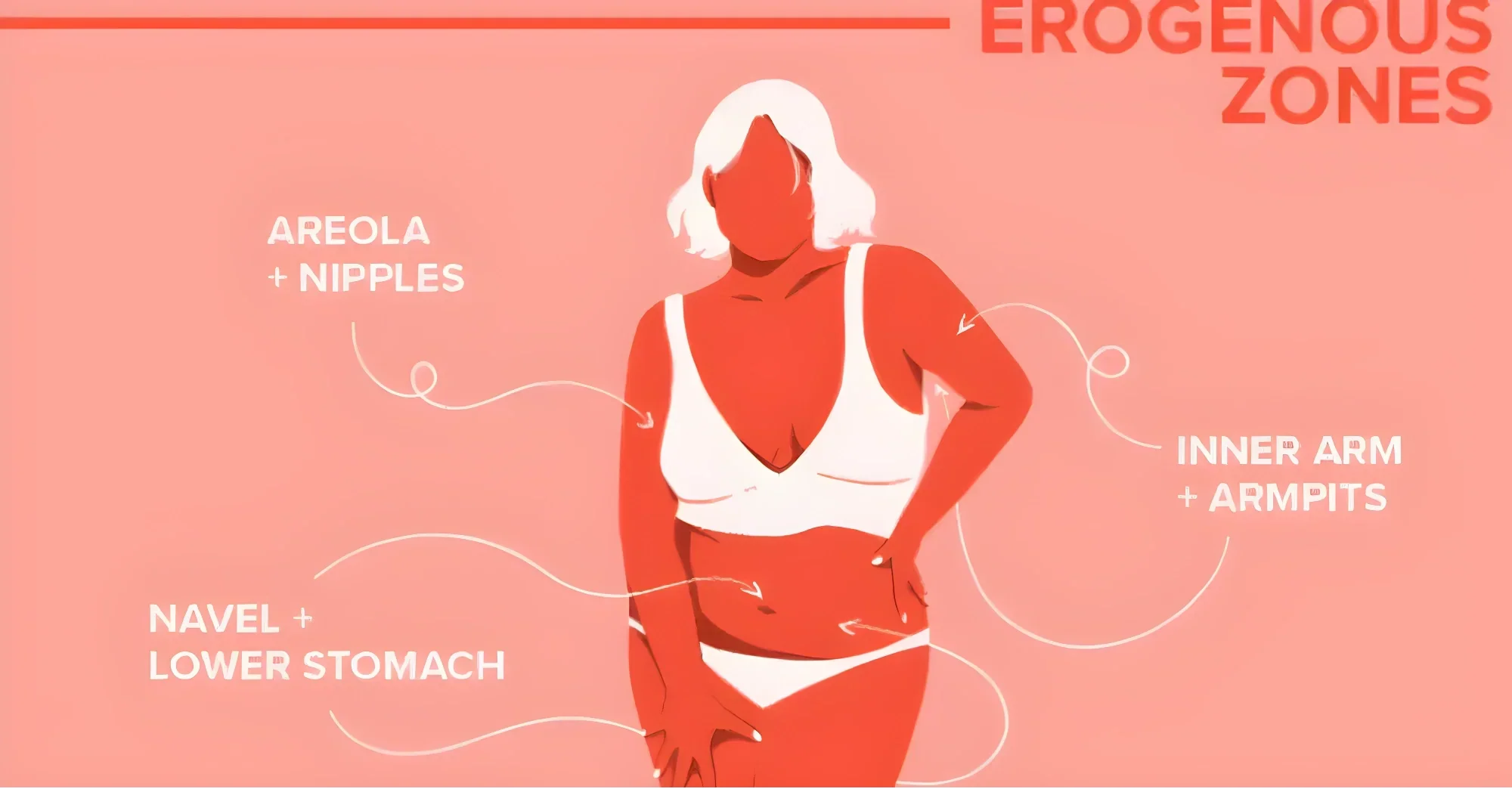Curious about the erogenous zones on women and how to touch them with confidence? Great instincts. A little anatomy know‑how plus gentle, attuned touch goes a long way. This beginner‑friendly guide explains the erogenous zone meaning, maps seven popular hotspots, and shows exactly how to warm them up—without guesswork or pressure.
What does “erogenous zone” mean?
An erogenous zone is simply an area of the body that can spark sexual arousal when stimulated—genital or not. That’s it. Dictionaries and health resources define it as a sensitive area that, when touched, can create erotic sensation; which areas qualify varies from person to person.
Research‑based lists commonly include the lips/mouth, ears, neck, breasts and nipples, inner thighs, feet/toes, and vulva/clitoris—with sensitivity differing widely among individuals.
The 60‑second map: 7 erogenous zones on women

- Lips & Mouth – highly innervated; kissing boosts arousal.
- Ears (lobes & rims) – light breath, whispers, feather touches.
- Neck & Nape – slow kisses or pressure glides; very responsive for many.
- Breasts & Nipples – rich in nerve endings; gentle to firm touch.
- Inner Thighs – teasing strokes build anticipation.
- Vulva & Clitoris – the most sensitive part of the vulva for many.
- Feet & Toes – pressure/massage can be surprisingly arousing.
How to touch well: the 3 rules
Ask, angle, and ease.
- Ask what feels good; agree on a “more/less/stop” signal.
- Angle before power—tiny shifts beat big intensity jumps.
- Ease in: start slow, use lube where helpful, and let arousal lead.
1) Lips & Mouth

Why it’s a hotspot: The lips and tongue are packed with sensory receptors; slow, attuned kissing ramps up arousal and connection. Many guides rank the mouth/lips among top female erogenous zones.
How to please:
- Begin with soft, closed‑mouth kisses; match tempo to breath.
- Alternate light pecks with a longer, fuller kiss; pause with your foreheads touching.
- Explore edges: the cupid’s bow, lower‑lip plush, and the corner of the mouth.
- Add a hand to the jawline or hairline to anchor and deepen the moment.
Do/Don’t:
- Do mirror your partner’s pressure.
- Don’t overuse tongue early; escalate only if invited.
2) Ears (Lobes, Helix, & Just Behind)

Why it’s a hotspot: The outer ear and the skin just behind it are delicate and responsive; many lists of erogenous areas highlight ears as reliable arousal starters.
How to please:
- Breathe a warm exhale near the ear first (no contact), then trace the rim with a fingertip.
- Kiss the lobe; if welcome, a gentle nibble.
- Whisper a compliment—sound plus warmth is powerful here.
Do/Don’t:
- Do watch shoulders and breath for “green light” cues.
- Don’t blow forcefully into the ear canal—uncomfortable for many.
3) Neck & Nape

Why it’s a hotspot: The neck is frequently listed among the most sensitive non‑genital areas; light touch can feel electric, while slow pressure calibrates intimacy.
How to please:
- Start at the collarbone and kiss up toward the jawline.
- Use the back of your fingers to skim the nape; rest your palm there to ground the sensation.
-
Try a “press‑slide”: gentle fingertip pressure sliding an inch, then lift.
Do/Don’t:
- Do avoid scratchy textures (stubble, jewelry) if they irritate skin.
- Don’t squeeze the throat; beginners should steer clear of anything restricting breathing/blood flow.
4) Breasts & Nipples

Why it’s a hotspot: The breasts and nipples contain dense nerve endings; many people enjoy nipple play, and some can even climax from it alone. Surveys and reviews highlight breasts/nipples among commonly reported erogenous zones.
How to please:
- Warm hands first. Circle the breast with a flat palm, moving slowly toward the areola.
- For nipples, think tap‑tease‑hold: light tap, quick tease, then gentle press or roll between lubed fingers.
- Vary rhythm; pause to let sensation build rather than rushing.
Do/Don’t:
- Do ask for pressure preferences (feather‑light vs. firmer).
- Don’t twist or pinch without explicit “yes.”
5) Inner Thighs

Why it’s a hotspot: The inner thighs are close to the genitals but not the genitals; teasing there creates anticipation and warmth. They’re a staple on “widely recognized” lists of erogenous zones.
How to please:
- Use the back of your hand for a soft glide from knee to groin without touching the vulva.
- Switch to slow kisses 2–3 inches from the center; hover, then retreat.
- Add a tiny squeeze to the mid‑thigh for contrast.
Do/Don’t:
- Do alternate cool breath and warm hands for contrast.
- Don’t tickle—use steady contact to avoid reflexive flinching.
6) Vulva & Clitoris

Why it’s a hotspot: The clitoris is the most sensitive part of the vulva for many; the entire vulvar region can be erogenous. Health resources emphasize the clitoris’ central role in sexual pleasure.
How to please (external‑first):
- Add water‑based lube to reduce friction.
- Start around the clitoral hood (not directly on the glans) with slow circles or “press‑lift” pulses.
- Pair with a free hand on the hip, lower belly, or breast to ground the sensation.
A note on internal front‑wall (often called the G‑spot):
Some people enjoy firm, rocking pressure a few centimeters inside the front vaginal wall (the area popularly called the G‑spot). Medical sources describe it as a region that may feel especially pleasurable—its exact nature is debated, and sensitivity varies. Use a “come‑hither” motion, go slow, and know that not everyone loves this.
Want focused external stimulation without extra effort? Compare shapes designed for precision in the Clitoral Vibrators.
7) Feet & Toes
Why it’s a hotspot: For some, foot massage and toe play stimulate pressure points and enhance arousal; it’s a frequently listed non‑genital zone. Sensitivity varies, but when it clicks, it really clicks.
How to please:
- Start with a warm soak or warm towel.
- Use lotion or massage oil; begin with broad arches, then knead the ball of the foot.
- Light toe kisses or nibbles only if your partner’s into it—ask first.
Do/Don’t:
- Do clean and warm feet first (comfort is sexy).
- Don’t apply deep pressure to painful spots or injuries.
Bonus zones to explore (every body is different)
Beyond the seven above, many people enjoy: buttocks, lower back, scalp, hands/fingertips, behind the knees, and the curve where thigh meets hip. Lists from mainstream health outlets and surveys consistently show big individual differences—there is no single map that works for everyone.
A simple “touch ladder” you can copy
- Warm‑Up (1–2 min): Breathe together; rest a palm on the heart or lower belly.
- Clothes‑On Contact (1–2 min): Slow back rub; cheeks/temples/hairline.
- Face & Neck (1–3 min): Lips → ears → nape, checking in.
- Torso (2–4 min): Breasts (with lube if desired), ribs, lower back.
- Thighs (2–3 min): Outer → inner—slow builds.
- Center (as invited): Vulva/clitoris externally; optional internal front‑wall pressure if desired.
- Afterglow: Water, cuddles, praise. (Aftercare counts.)
How to talk about touch (without killing the mood)
- Set the frame: “Let’s explore your top three erogenous zones tonight—shall we start with neck or thighs?”
- Traffic‑light check‑ins: “Green/Yellow/Red?” (Green = good; Yellow = less or different; Red = stop.)
- Describe sensations, not performance: “Slower circles feel melty” beats “Do it right.”
Safety, comfort & hygiene (zero‑stress essentials)
- Consent is ongoing. Ask before switching zones or intensity.
- Mind nails & jewelry. Smooth edges prevent micro‑scratches on sensitive skin.
- Use lube for friction‑prone areas. Water‑based lubes are versatile with hands and most toys.
- Genital hygiene: Clean hands and toys before/after play; this reduces irritation and infection risk. Basic health guidance underscores cleaning as a cornerstone of safer play.
- Varied pathways to orgasm: Some people climax from non‑genital areas (e.g., nipples, neck); others don’t—and that’s normal.
The science snapshot (why this works)
- Common hotspots: Compilations from health sources list nipples/areolae, mouth/lips, neck, inner thighs, feet/toes among widely recognized erogenous zones on women.
- Vulva & clitoris: The clitoris is the most sensitive part of the vulva for many; the entire vulva can be erogenous.
-
Individual variance: Studies and surveys highlight big differences; one 2016 survey summarized by Medical News Today found most participants had non‑genital erogenous zones, with a subset reporting orgasm from those zones alone.
- G‑spot debate: Many clinicians frame it as a pleasurable region on the front vaginal wall, potentially part of the clitoral network; its specifics remain debated. Your mileage may vary, and that’s okay.
Final thoughts
The best approach to the erogenous zones on women is simple: ask, explore, and adjust. Start with the seven common hotspots—lips/mouth, ears, neck, breasts/nipples, inner thighs, vulva/clitoris, feet—and treat them like a conversation, not a script. Angle before power; use lube where it helps; check in often. When pleasure leads and consent anchors the scene, exploration turns into intimacy—and intimacy turns touch into yours.
Frequently Asked Questions:
What’s the simple erogenous zone meaning?
Any body area that can create sexual arousal when touched; which areas qualify is personal.
Are the “7 erogenous zones on women” the same for everyone?
No. They’re a useful starting map (lips, ears, neck, breasts/nipples, inner thighs, vulva/clitoris, feet), but you should personalize the map together.
Can you orgasm from non‑genital zones?
Some can (from nipples); others don’t. Both are normal.
Is the G‑spot real?
Most medical writing treats it as a region on the front vaginal wall that can feel great for some people; opinions differ on whether it’s a distinct structure. Explore gently and see what your body says.
Should we use toys?
If you like external focus, a small lay‑on or bullet can offer steady, low‑noise stimulation. For curated shapes designed for precision, see Clitoral Vibrators.
Read more

If you’ve ever paused and wondered which sex word to use in a text, a conversation, or even a Google search, you’re not alone. Between clinical language, everyday sex terms, and ever‑evolving slang...
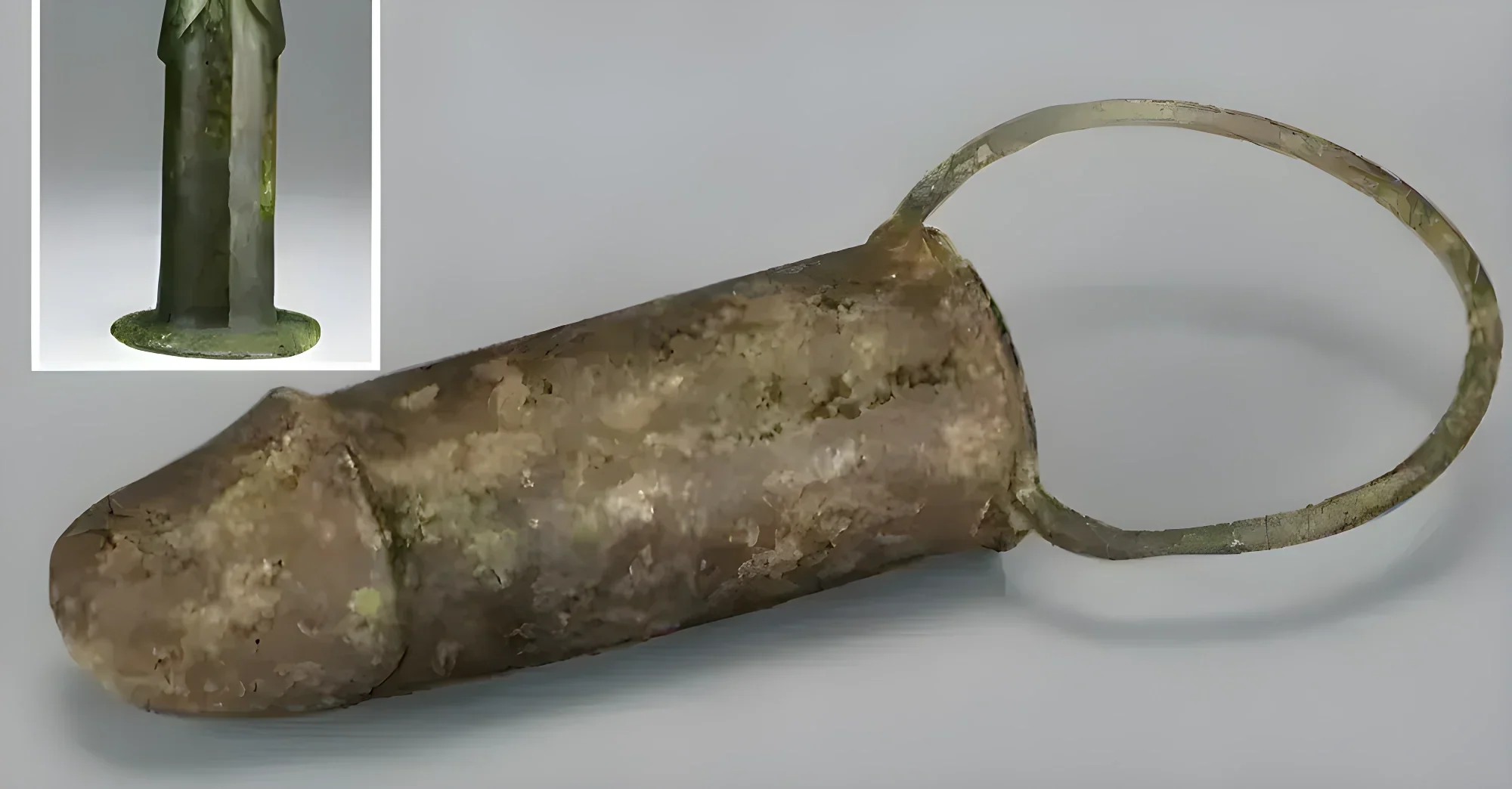
If you’ve ever wondered “when were butt plugs invented?”, you’re not alone. The short version: the modern butt plug grew out of 19th‑century medical rectal dilators, not the pleasure aisle. Over ti...
